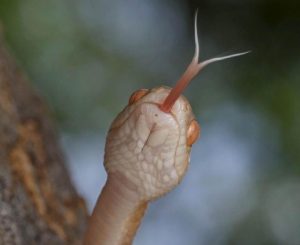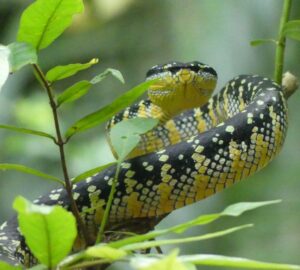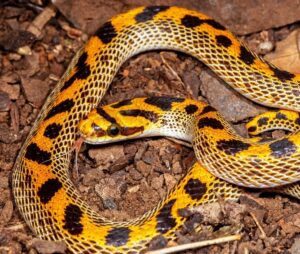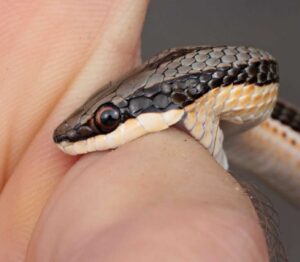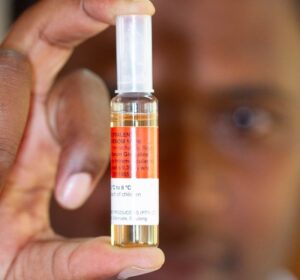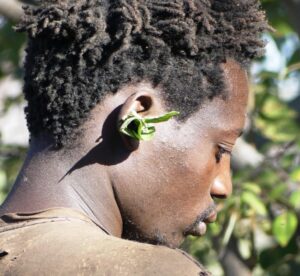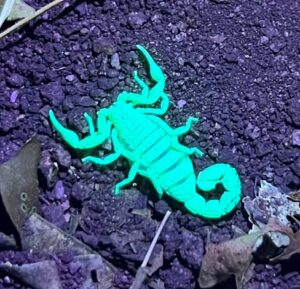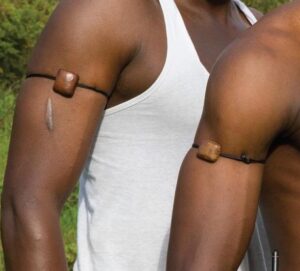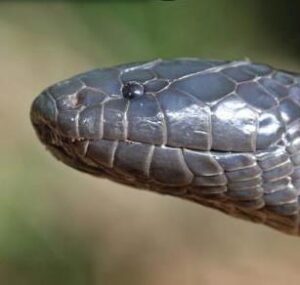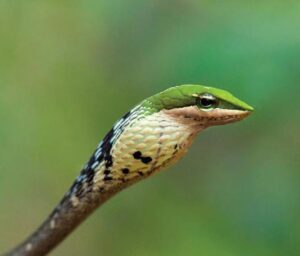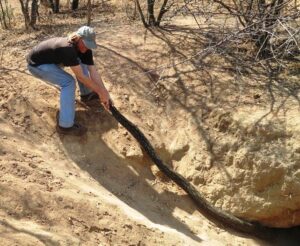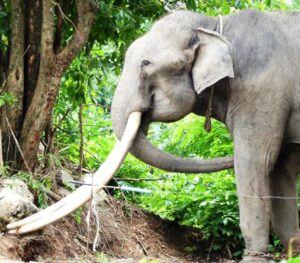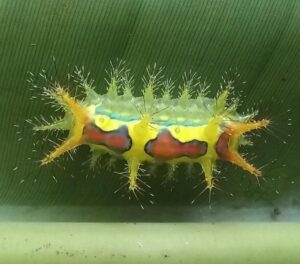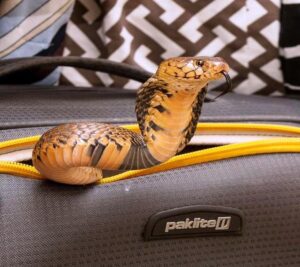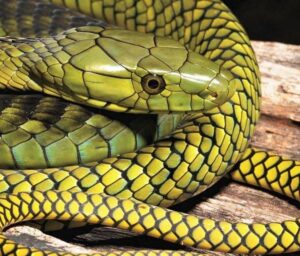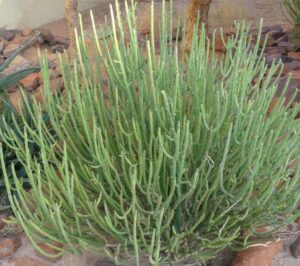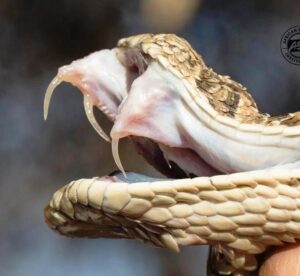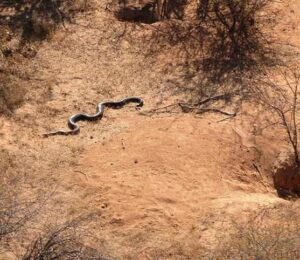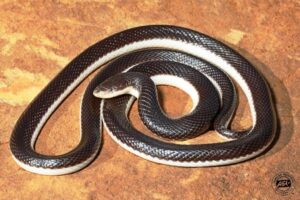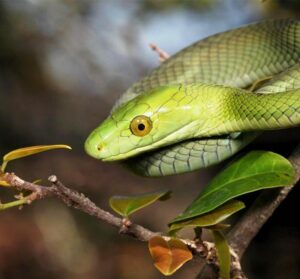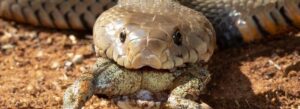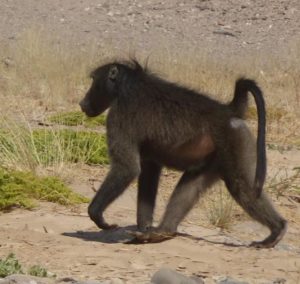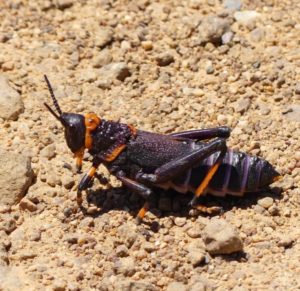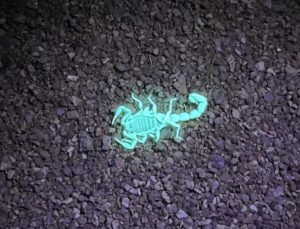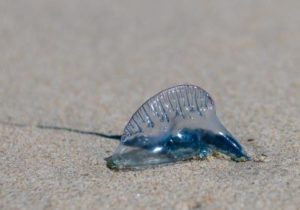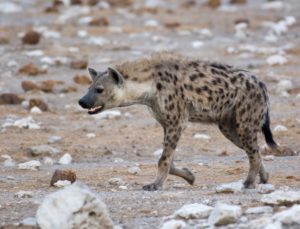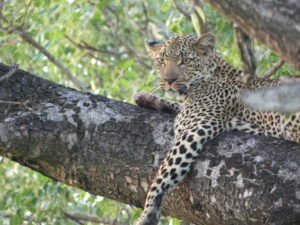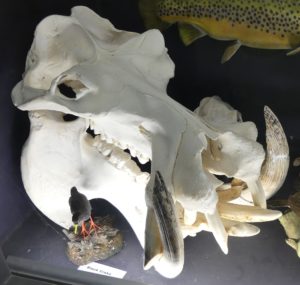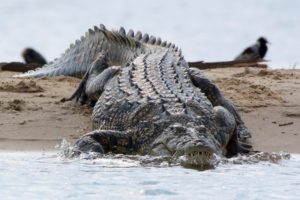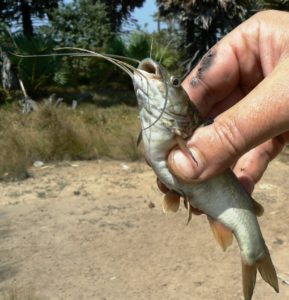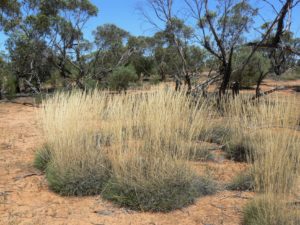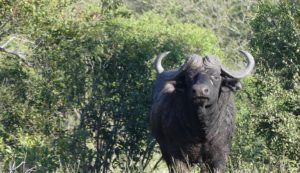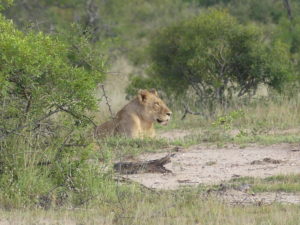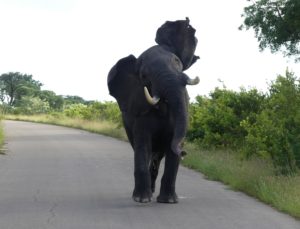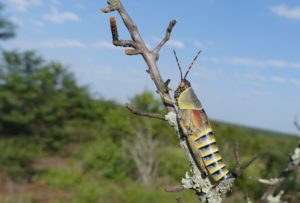Dangers & Protection
Dangers in the Khao Sok NP in Thailand
About the Khao Sok National Park The Khao Sok National Park is located in the Surat Thani province of Thailand, and about 150 km north of Phuket in a straight line. Cheow Lan Lake on the northern park border serves…
Snake senses
It’s hard to imagine how snakes perceive the world as they slither on the ground, underground, or move through the trees and shrubs. Snakes have extraordinary senses, including perceiving the world in ways that humans cannot. Some of the senses…
Snakes on Siberut Island
Bites from venomous snake species appear to be the highest concern when walking in the Siberut forests. There are anecdotal reports that middle-aged Mentawai men were bitten by pit vipers three or four times in their lives. Non-Venomous Snakes (Harmless…
Top 10 rare snakes of Southern Africa
We often get asked what the rarest snakes in southern Africa are. This is hard to quantify, as some species may be locally abundant but in areas rarely visited. Other species may live underground and only become active above ground…
Are snakes dangerous?
Snakes are mysterious creatures – secretive and elusive and, of course without legs, yet they can slither quickly, disappear down holes, swim effectively and climb trees. Many snakes are venomous and some highly so. Fear of snakes There are many…
First Aid for Snakebite
Back in the nineteenth and twentieth century people tried various remedies to treat snakebite. This included cutting and sucking at the site of the bite, rubbing in Condy’s Crystals but the all-time favourite was a tight arterial tourniquet high up…
Sweat Bees – not a danger, but a nuisance
Correctly named Sweat Bees are Halictid Bees, an extensive and diverse family of bees. These small—to medium-sized bees are often the most common flower visitors and essential pollinators. About one-third of all bee species in East Africa are halictids. However,…
Hottentotta trilineatus scorpions at Yaeda South in Tanzania
We found Hottentotta trilineatus scorpions when camping on a rocky ridge in the Yaeda South area. The place where we put up our tent was about 2 km / 1.2 miles from the next Hadza camp and in the middle…
Traditional Remedies for Snakebite
A recent social media post claimed that, following a snakebite, chewing the bark of a cashew nut tree would neutralize the venom of the snake and ensure the full recovery of the victim. In many tropical African countries, cashew nut…
Small black snakes of Southern Africa
The small black snakes, which are found across Africa, are tricky to learn to identify. The danger lies in the fact that most species are harmless or mildly venomous, but can be easily confused with the venomous stiletto snakes. Many…
Advanced Rifle Handling (ARH) for Trail Guides
Hikes through natural areas in Southern Africa where dangerous game is present must be conducted with at least one, but usually two, armed trail guides. One is the “Lead Guide” or “1st Rifle,” and the second is called the “Back-up…
Vine snakes of Africa
Vine Snakes (previously called Twig or Bird Snakes) are widespread across Africa and are usually found in warm savannas and forested areas. There are currently four species and one subspecies of Vine Snake in Africa. The status and distinguishing features…
Giant snakes
Seeing movies like Anaconda let many people believe that there are monster snakes in jungles, some even exceeding 10 m in length. However, those stories have been doing the rounds for many years. So much so that the New York…
Danger of Asian elephants – whether they are in musth or not
Asian elephants (Elaphas maximus) are smaller than their African cousins but not less dangerous when in musth. That danger was already described for African elephants in this article on this website. In the following, we briefly compare the differences between…
Stinging Nettle Slug Caterpillar in Vietnam
When hiking in Pu Luong Nature Reserve in northern Vietnam, we found a species of Stinging Nettle Slug Caterpillar on a Banana leaf. My local friends got highly nervous when they saw it, and I was intensely warned against touching…
Holiday time and snakes
As the holiday season starts, many people will be returning to their family homes or are off on vacation. Snake season is in full swing with decent temperatures and sporadic rain. We are currently seeing a number of snake bites…
Mambas of Africa
“Muhle wena kona hamba,skati wena bona mamba,noko wena hayi tshetsha,wena ifa lapa stretsha.” African proverb “It’s advisable to hamba (walker),when you stumble on a mamba,for if you do not tshetsha (move),you’ll expire on a stretcher.” Mambas have a bad reputation…
African milkbush causes painful blistering and inflammation
Euphorbia tirucalli (Euphorbiaceae) Common names: Ngego, ngewu, nlembonlembo (nlembo = finger) (Kongo), Euphorbe effilée, tirucalli (Fr), finger tree, finger euphorbia, African milkbush Description A leafless succulent shrub with cylindrical shoots, 2 – 8 m tall. All parts produce copious white…
Snake Teeth and Fangs
Most snakes have quite long, thin, sharp, and recurved teeth for catching and eating prey. These teeth are firmly anchored to the anterior bone on the lower jaw and the upper jawbone. Just like sharks and crocodiles, snakes replace their…
About snake home ranges and territories
We are often asked whether snakes have a specific territory. The word territory is perhaps not the correct term as it infers that snakes would protect this area to keep other snakes out of it. Snakes do not live in…
Snake Season in Southern Africa
Spring (Sept/Oct in the Southern Hemisphere) is snake season and as the temperature rises, snakes leave their underground shelters in search of food. It is a slow process and they become more active as the temperature increases. Once the first…
The Green Mamba
The Green Mamba (Dendroaspis angusticeps) was described by Sir Andrew Smith in 1849 from animals collected from Natal. Taxonomy The Latin name angusticeps comes from “angustus” meaning narrow and “ceps” an abbreviation for head – narrow head. Surprisingly, many years…
Preventing Snakebite in Southern Africa
Snakebite was recently recognized as a neglected tropical disease by the World Health Organization with about 20,000 snakebite fatalities reported every year in Africa. Subsequent morbidity affects far more people than that. In South Africa we have around 4 000…
Chacma Baboons – a dangerous nuisance
Baboons are one of the largest-sized Old-World monkeys. Due to hybridization, their taxonomy is contested and overlapping. In Africa there are six species of baboons, and in Southern Africa lives one species, which is Chacma baboons (Papio ursinus). Chacma baboons…
Koppie Foam Grasshoppers
Koppie Foam Grasshoppers (Dictyophorus spumans) are indigenous to South Africa and prefer sparse and low vegetation on rocky outcrops. They are flightless and have some aposematic coloring, which are yellow or orange stripes on the warty thorax shield and stripes…
Parabuthus scorpions at Erongo province
Parabuthus scorpions are commonplace in Erongo province in Namibia. The area has unique geology, including red sandstone formations and granite mountains. It has a rugged, arid landscape with rocky outcroppings, mountains, and canyons. This area is home to several species…
Bluebottle jellyfish – a stingy creature
The bluebottle jellyfish, also known as Physalia utriculus, is commonly found along the coasts of non-tropical regions bordering the Atlantic, Indian, and Pacific oceans. These creatures are not jellyfish but rather siphonophores composed of multiple organisms known as zooids. These…
Spotted hyenas are successful hunters
Spotted hyenas (Crocuta crocuta) occur throughout sub-Saharan Africa. Exceptions are Central and West African rainforests, Southern grassland biomes, and further beyond the south. The density of a hyena population in a suitable habitat depends significantly on the density of the…
Spotted beauties: Leopards in Southern Africa
Leopards (Panthera pardus) have a wide distribution range in Sub-Saharan Africa, which, however, becomes increasingly fragmented due to human activities and habitation. In the Southern African region, within the Republic of South Africa, only about 20% of the land area…
Why are hippos dangerous on land?
Hippopotami of the species Hippopotamus amphibius (‘Hippos’) are widely distributed over Sub-Saharan African savannah biomes. They were declared a ‘vulnerable’ species, as over the last ten years, the population declined between 7% and 20%. In total, there were about 130,000…
Danger posed by Nile crocodiles
In the following, Nile crocodiles (Crocodylus niloticus) are called just crocodiles or ‘crocs’. They occur in Southern- and Eastern African regions and along the Atlantic coastline in Central Africa. They eat any animal they can get a hold of and…
Small catfish got dangerous spines in Thailand
There is a variety of small catfish species with dangerous spines living in Thai waters. One, a very abundant one, is locally called Pla Kod (Hemibagrus wyckioides); English common name: Asian Redtail Catfish; Thai name: ปลากด. The typical length for…
Spinifex grass – friend and foe
The common name ‘Spinifex grass’ is not entirely correct as a botanical term for discussed grasses, as commonly named ‘Spinifex’ grasses belong to the genus ‘Triodia’, whereas the genus ‘Spinifex’ itself contains mainly coastal grasses. Whatever it is, the common…
African buffalos are dangerous
Danger of buffaloes is overrated. The ‘Cape buffalo’ (Syncerus caffer caffer) as a subspecies of the ‘African buffalo’ (Syncerus caffer) is the typical Southern African savannah biome buffalo species. The denomination of ‘African Black Death’ was coined by trophy hunters,…
Lion behavior – so different by day and night
The general behavior of lions African Lions (Panthera leo) are sometimes overrated in their danger for people hiking in Big-5 game areas. Lion behavior is such that they usually sleep and rest for 20 hours a day to replenish their…
Recipe for disaster – elephant bulls in musth
Musth is a condition of elevated testosterone levels in the blood of elephants. African elephant (Loxodonta africana) bulls come into their first musth when they are between 15 – 17 years old. The length of the musth depends on the…
Poisonous beauty: The ‘Elegant Grasshopper’
Aposematic coloration The ‘Elegant Grasshopper’ (Zonocerus elegans) occurs commonly throughout Southern Africa and is mentioned due to its aposematic coloration, typical for animals that want to announce that they are poisonous. And he is a poisonous grasshopper. In the case…


